“Are you excited for school to start?!”
As a kid, I would dread that question. I never wanted summer to end! Of course, now that I’m a parent, I find myself asking that question.
For a kid, back-to-school is about the buzzing excitement of a new adventure. It’s shopping for new clothes and school supplies, seeing friends again after a long summer apart, and getting to know new teachers, classrooms, and subjects. For the parents, it’s the longed-for reality of a quiet house and the return of a regular schedule. Our days are spent on work routines, chores, or errands, while our kids are out-of-sight-out-of-mind. Our evening schedules fill up with activities and the pace of life increases. In all the commotion of a new school year, it’s easy to overlook some of the basic precautions we would (and should) normally take to keep our kids safe.
As you prepare your child to head back to school, here are ten potential “danger zones” where your kids could encounter mature or inappropriate content.
1. YouTube
It’s the second most popular search engine after Google and one of the easiest ways for our kids to consume content such as video game walk-throughs, music videos, and movie trailers. But, the platform also contains a boatload of content that you may consider inappropriate for your children.
Some of the biggest dangers on YouTube are the suggested videos displayed after each video view. Clicking from one enticing video to the next can become a downhill slide from innocent to explicit content..
2. Instagram
Kids love Instagram. In fact, some of them practically live there, documenting and sharing each moment of their lives with their group of friends. The image-based nature of the platform appeals to young people, but that nature combined with a lack of oversight on the part of Instagram can result in easily accessible porn.
3. Snapchat
This is another social media platform that kids spend a lot of time on. The large number of photo filters make it fun to share pictures and videos with friends. Unfortunately, this platform also hosts a volume of adult content, and there is very little enforcement by Snapchat to keep underage users from seeing it.
The “instant picture” feature of Snapchat can also be dangerous for young children. When a picture is sent or received, it can only be viewed for up to ten seconds; then, it disappears forever. This makes it easy to send inappropriate pictures and videos without the fear of being caught.
Related: Apps and Internet Doorways
4. Google Images
Searching Google for images and videos can be a quick, convenient way to research a topic for school or entertainment. But, it’s important to remember that the search results can (and often will) contain mature content when Google SafeSearch has not been activated.
This is another way that kids might encounter the “rabbit hole” effect, where clicking on one enticing image reveals a list of other suggested images, which can become increasingly graphic in nature.
5. Personal Devices
Many kids have their own phones and tablets. It can be a great way to stay connected with your child and a fun source of entertainment for them.
However, it’s important for parents to remember that it’s our job to teach our children how to behave in a healthy, responsible manner, and that includes the use of their personal devices. Take the time to research and set up the available parental controls on your kid’s device. Also, using Covenant Eyes Screen Accountability can promote honest, grace-filled conversations with our kids about how they use their devices.
When their devices are properly protected, you’ll have the peace of mind that comes from knowing your kids are safe, and they can feel free to have fun without you hovering over their shoulder.
6. School Laptops or Tablets
Many schools now offer students the opportunity to take home a school device, such as a laptop or iPad. It’s a great way to make sure all students have access to technology. Schools tend to lock these devices down so that students aren’t able to abuse them, but if you’re a parent, you know that kids can be resourceful. It’s always a good idea to have a basic understanding of the protections in place on your child’s school device.
Related: 5 Tech Questions to Ask Every School Principal
7. Library Computers
Public libraries are a great way for people with limited internet access to get online for free. Most schools will also have a computer lab available for students to do research online. These are public places, but that doesn’t always stop a determined young person from searching out inappropriate content.
8. Your Devices
Do your kids know the password to access your phone, tablet, or laptop? Do you allow them to use your devices unsupervised?
If your kids are using your devices, you should consider implementing the same protections you would use on their devices. Otherwise, lock them out. They can still pick up your phone in a emergency and dial 911 without unlocking it.
9. A Friend’s House
It’s a basic rule of parenting that most of us do instinctively: know who your kids’ friends are and know their parents.
But, have you considered asking those parents how they are protecting their kids’ devices? Are the kids left unsupervised with their devices? Do they have their phone or laptop in their bedroom behind closed doors?
10. A Friend’s Device
You can’t be everywhere at once. No parent can. Maybe you trust the level of supervision at your child’s friend’s house, but what about at school? Or at the mall?
It’s a good idea to talk to your kids about using their friend’s devices and let them know you still expect responsible behavior, even when you’re not there to see it.
So, what can you do?
With the ease of access to media of all kinds via internet-connected devices, it can be overwhelming as a parent to try and keep up. Here are a few suggestions to help you keep your kids a little safer.
- Pay attention. Know where your kids are, who they are spending time with, and what they are doing together. Just knowing you’re paying attention can often dissuade kids from acting out when they’re tempted.
- Have conversations. Be a sounding board for your kids. Listen more than you talk. Let them know they can come to you with any problem, and they won’t be judged or condemned. Talk openly about things like pornography and why it can be so enticing and harmful. It’s important to maintain your authority, but you can do so in a way that encourages open communication and trust rather than secrecy.
- Use technology to your advantage. Tech is often the problem, but it can also be the solution. Screen Accountability and Filtering software, such as Covenant Eyes, can help facilitate conversations with your child about how to use their devices safely and avoid online temptations. That’s the goal, after all: teach them how to stay safe.
Back-to-school is a good time to remind ourselves that our aim is not to put our kids in cages, but to raise them up into healthy, responsible adults who know how to navigate this digital world with integrity.

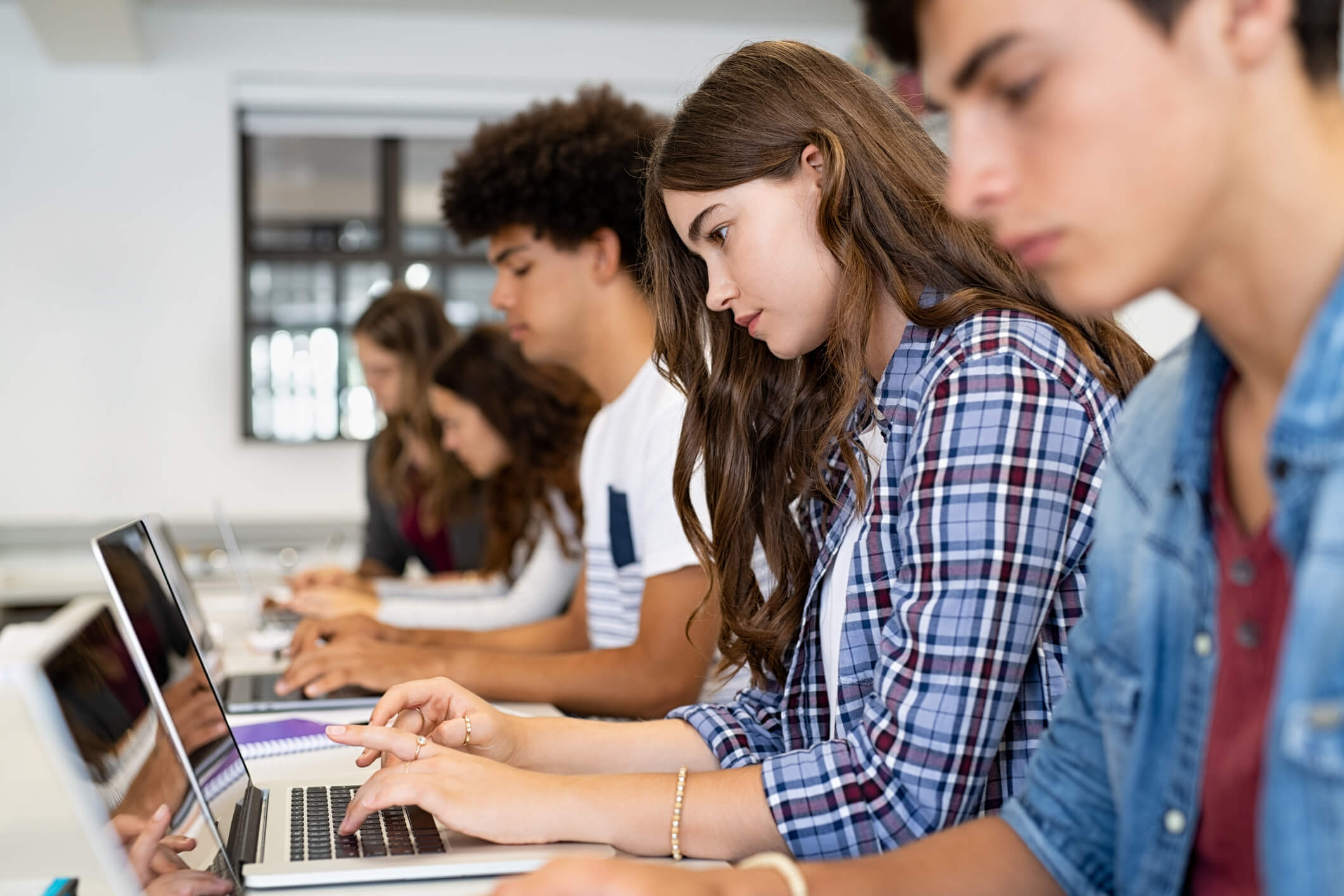
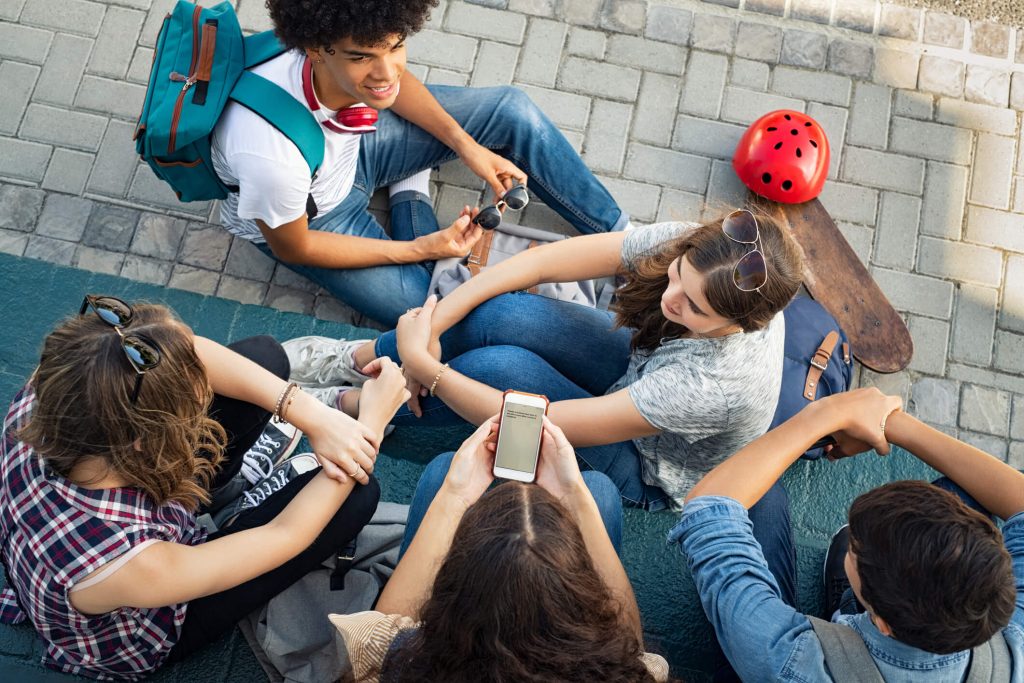
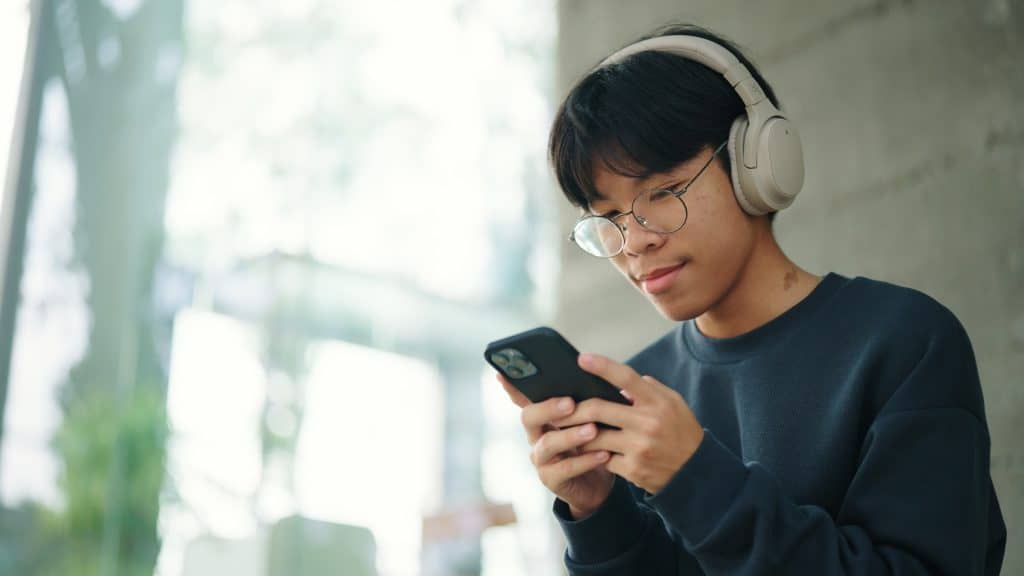

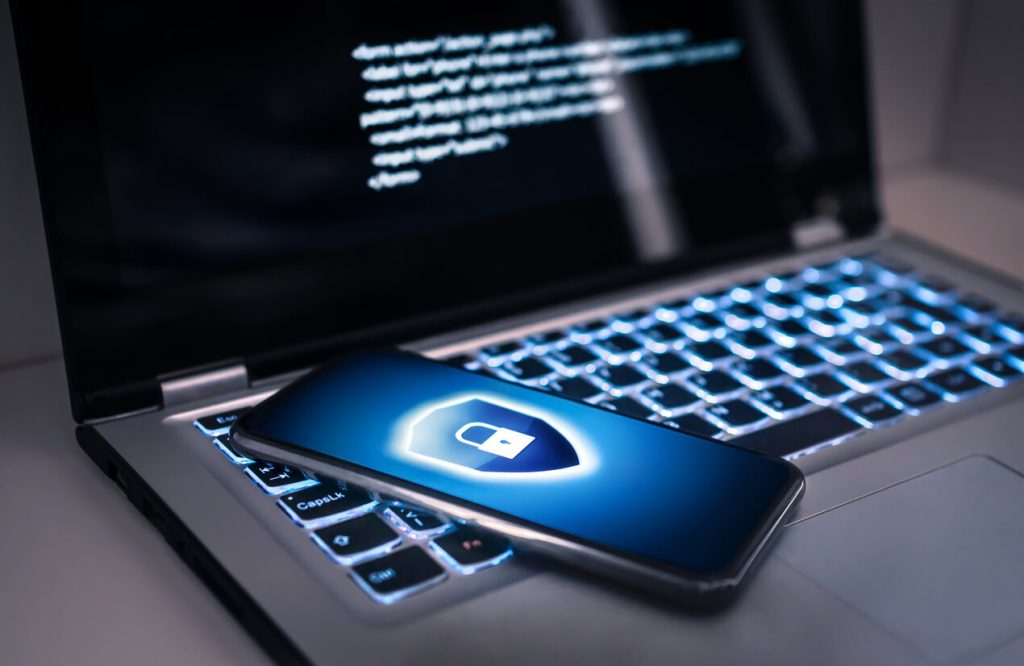
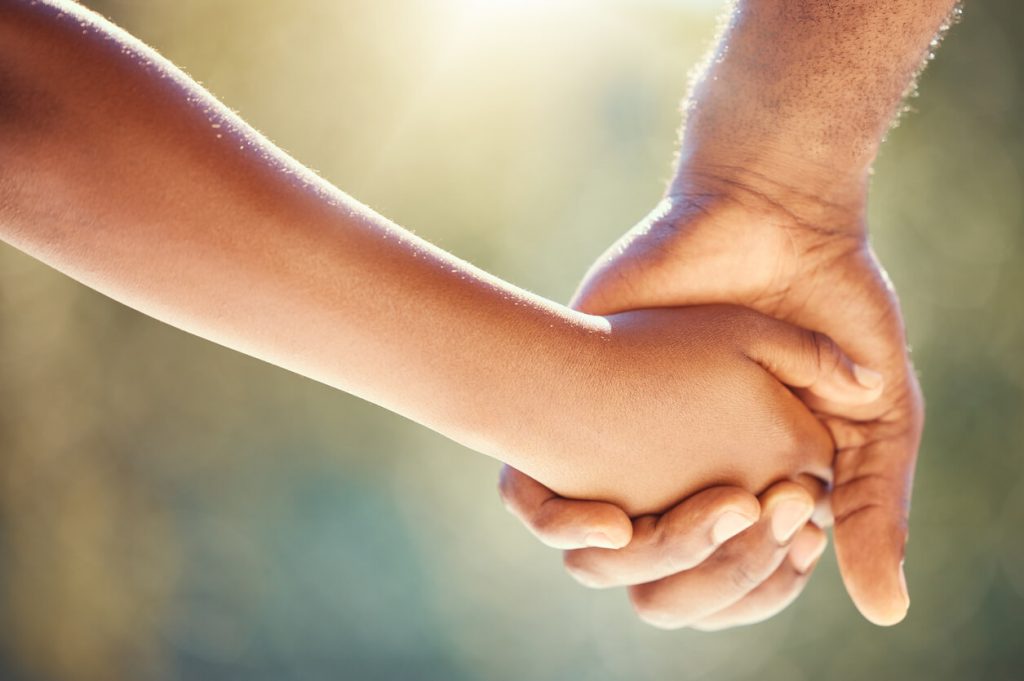

Twitter is REALLY bad. It’s littered with “feminists” who create content and sell it, particularly on onlyfans. They are lying to themselves and everyone else by peddling the belief that they’re empowered and independent, when really they are degenerates in a cesspool. Their profile may say 18+, however it’s accessible to anyone and children can easily stumble across it. Do not let your kids use twitter. Do continue to monitor their social media use. Restrict twitter at all costs.
Thanks so much for sharing that. Instagram and Snapchat promote the concept of “relationship goals” or “freaky relationship goals” which is just another package of porn, glamorizing it.
So many fetishes are labelled certain aesthetics which are disturbing and confusing, too. The “image-based nature” DOES result in easy access to porn. The Insta-porn realm, which supports fantasy sex, immodesty, and lust all around.
Instagram, Twitter, and Snapchat (mostly instagram and twitter) are the new PornHub and Xvideos, but they do point people in THAT direction.
Add that to the fear of missing out and the lie that the people in the picture/video are objects, and that fetishes mean more than they really do = a generation impacted by this stuff. I believe sex activity statistics among young men and women my age (13-18) has skyrocketed because of this lie.
I used to hate people who were glamorized because of how much they resembled a fetish and were praised for it.
Why? Because it promoted insecurity in my life.
I lived for some years of my life as an objectified human who objectified people: scrutinized, scrutinizing, what have you.
I used to be brainwashed by this and I STILL need help to have a renewed mind. Only the Lord can see through the lies.
I need help and prayer. A generation of people do.
You are loved and cherished. I don’t know how old you are, but thank you for sharing that. There are so many people who are ignorant of this sneaky crevice of a subculture of porn open to users of social media apps.
So much peer pressure to look like and be like those who are praised for nudity, fetishes, lust and having sex and posting online. People desire that as their “mood”. The average relationship has been tarnished from what it was supposed to be.
Twitter doesn’t just have feminists, but it has many accounts from pornstars who create content to be shared and promoted. Most “relationship goal” and “couple goal” accounts retweet their posts.
But if you want to protect your kids (apart from what Ms. Sophia imparted to us), give them the TRUTH on relationship, porn, feminism, and social media.
Also, beware of the “freaky” world: fantasy sex in teen generations which are told that the more lust included in your sex life and relationships with the opposite sex, the better. Supported by accounts on ALL social media platforms.